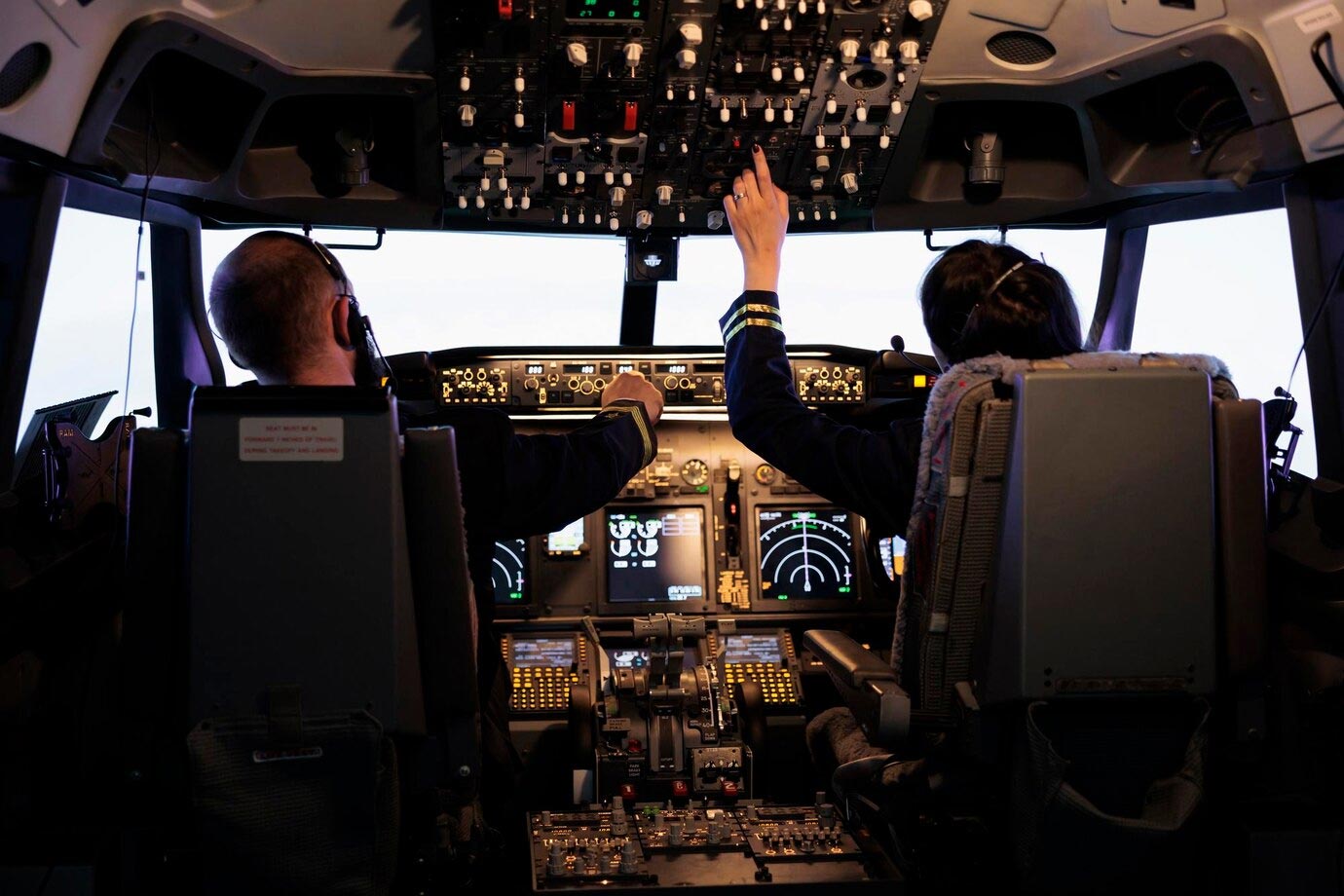C-17 Globemaster Size Comparison to Boeing 747
The C-17 Globemaster III is a versatile aircraft, primarily used by the military for strategic airlift missions. Its size puts it in an interesting position for comparison with commercial airliners like the Boeing 747. Understanding these comparisons helps to appreciate the roles of these aircraft in their respective domains.
Dimensions and Design
The C-17 is 174 feet long with a wingspan of 169.8 feet. Its height reaches 55.1 feet. The Boeing 747, on the other hand, extends to approximately 231 feet in length, with a wingspan of 224 feet across, and a height of around 63.5 feet. The differences in their design reflect their intended uses: the C-17 is built for functionality in short runway environments, while the 747 is optimized for long-haul commercial flight efficiency.
Cargo Capacity and Configurations
The C-17’s main cargo deck stretches around 88 feet long and can handle up to 170,900 pounds. It can transport a wide variety of cargo, including tanks, troops, and supplies. Its rear cargo door allows roll-on/roll-off loading, simplifying logistics during operations. Meanwhile, the Boeing 747’s design focuses on passenger comfort and cargo capability. A typical 747 configuration can carry between 350 to 660 passengers, depending on the model and seating arrangement. Cargo versions of the 747, like the 747-8F, have a payload capacity of around 140 tons, emphasizing its dual passenger and freight roles.
Performance Capabilities
The C-17 can operate on runways as short as 3,500 feet and is capable of rapid deployments. Its four Pratt & Whitney F117-PW-100 turbofan engines produce a thrust of about 40,440 pounds each, enabling short takeoffs and landings. The 747 usually requires longer runways, typically around 10,500 feet for safe operations. Each of its engines, like the General Electric CF6, produces upwards of 60,000 pounds of thrust, catering to long-distance, high-capacity travel across the globe.
Specific Use Cases
Air forces worldwide employ the C-17 for missions that demand reliability under challenging conditions. Its ability to operate in remote areas with limited infrastructure makes it a crucial component in military logistics. Humanitarian missions often witness the C-17 in action due to its versatility. Conversely, the Boeing 747 is a staple in commercial aviation. Its significant passenger capacity has made it an icon in international travel. Some 747s are also modified for specialized tasks, such as the transportation of oversized cargo or as aerial tankers.
Operational Flexibility
Flexibility is key for the C-17. Its capabilities include mid-air refueling, allowing it to extend its range and operational scope. This function is vital during lengthy missions far from home bases. The aircraft is also equipped with defensive systems, enhancing its survivability in conflict zones. The 747, while primarily a commercial vehicle, displays remarkable flexibility when adapted for freight roles. It can be quickly modified from passenger to cargo configurations, showcasing its adaptability.
Technological Innovations
Despite different domains, both aircraft reflect advances in aerospace technology. The C-17 employs fly-by-wire control systems, enhancing its maneuverability. Its avionics and defensive measures are continually upgraded to meet emerging threats. The Boeing 747 series incorporates modern avionics, enhanced aerodynamics, and efficient engines to remain competitive. Each iteration of the 747 family advances in fuel efficiency, minimizing environmental impact while maintaining performance standards.
Cultural and Historical Significance
The C-17 represents military progression in strategic air mobility. Its role in operations globally underscores its importance as a tool for defense and peacekeeping. On the civilian side, the Boeing 747 has earned the nickname “Jumbo Jet” and symbolizes the democratization of air travel. The introduction of the 747 revolutionized flying, connecting people and cultures across continents.
Economic Influence
The C-17’s production supported thousands of jobs and contributed to local economies through its supply chain. Although its production ended in 2015, its impact resonates with military contractors and service providers. The Boeing 747 has been a key player in commercial aviation economics, enabling airlines to optimize route capacity. Its large size allows airlines to offer more affordable tickets, fostering market expansion and competition.
Maintenance and Longevity
The maintenance of a C-17 requires rigorous standards to ensure its readiness for deployment at a moment’s notice. Its lifecycle management includes regular inspections, part replacements, and software updates. Boeing 747s, due to their use in commercial fleets, adhere to strict maintenance schedules determined by flight cycles and hours. Both aircraft benefit from robust support networks, ensuring their continued operation throughout their expected lifespans.
Key Comparisons
- C-17’s shorter length and wingspan make it suitable for more confined operations compared to the 747’s expansive dimensions.
- The Globemaster’s cargo-specific design contrasts with the passenger-centric layout of the 747. This reflects their primary mission objectives.
- Performance differences highlight the C-17’s adaptability to diverse environments versus the 747’s long-range capacity.
